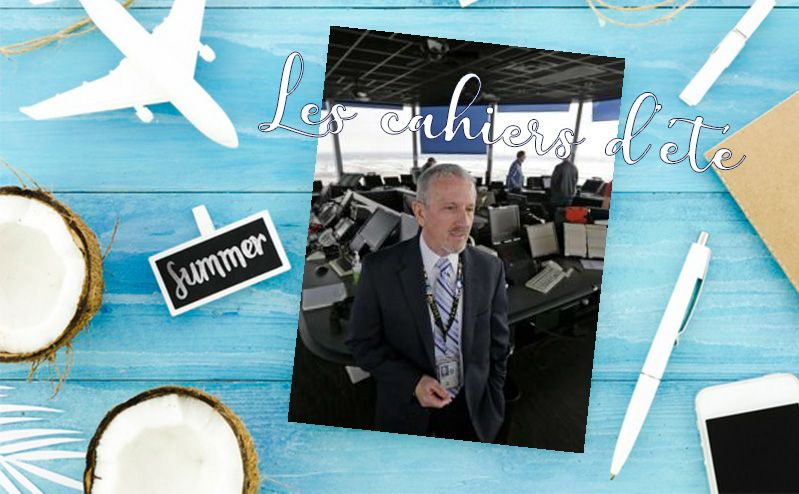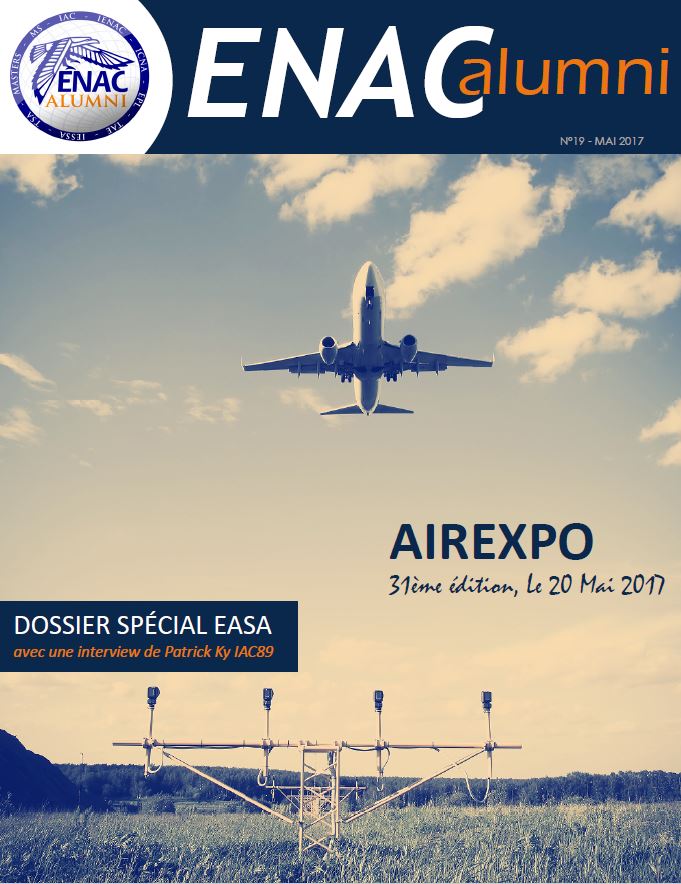News

The Air Traffic Control (ATC) rule of two = double-trouble !
"ENAC Alumni vous invite à découvrir ses cahiers d'été... le temps d'une petite pause, retrouvez les articles de nos précédents magazines"
An ATC short-term memory trap
JIM KRIEGER, SR. EXPERT ATC
Years ago when I was the Air Traffic Quality Assurance Manager at Chicago’s O’Hare Tower, I stumbled upon a phenomenon that was repeated frequently enough to be included as part of the initial briefing given to new O’Hare controllers. For no scientific reasons, we dubbed it the ATC Rule of Two. It can be described as this : whenever a controller is waiting for two things to happen before he or she can issue a certain clearance, there is a strong possibility that the fulfillment of just one of the items will induce the controller to issue the clearance despite the fact that the second thing remains pertinent and incomplete, causing extremely unsafe outcomes. Consider a hypothetical situation in which a controller needs to clear an aircraft for departure but is waiting for traffic landing on an intersecting runway AND must also wait for a vehicle to vacate the takeoff runway. If the vehicle suddenly reports clear of the runway, the controller may be tempted to put the departing aircraft on the runway and issue the takeoff clearance without even considering the location of the conflicting arrival aircraft. You know how that might turn out and unfortunately, we have seen that type of event occur in Chicago many times.
Examples
On July 23, 2006, an Atlas Air B747 and a United Airlines B737 nearly collided at the intersection of runways 28R and 15 at Chicago-O’Hare International Airport. The Atlas Air B747 had been cleared to land without restriction while it was several kilometers outside the final approach fix (FAF) for runway 15 (condition one). Clearing an aircraft to land while it is far from the airport is a rare occurrence at O’Hare and is not recommended since it tends to stretch our short-term memory beyond its usefulness as it possibly did in this case. The United B737 was then told to line-up-and-wait on intersecting runway 28R and the crew responded that they would need a few minutes as they were not ready for departure. The controller instructed the B737 to line-up-and-wait anyway and asked that the crew let him know when they were ready for departure (condition two). This is another practice that I know is forbidden in many countries and rightfully so ; a runway is a dangerous place and the time that any aircraft spends on it should be very limited. After a few moments, the United B737 reported ready for departure (condition two, satisfied), and the controller immediately issued a takeoff clearance despite the conflicting traffic (Atlas Air) on runway 15 (condition one, still very relevant). The controller noticed the conflict too late and the aircraft missed by an estimated 10 meters as the B737 overflew the B747 on runway 15. Hard to believe that we could be capable of such a thing but there it was. I wish I could tell you that this was simply the work of an incompetent air traffic controller but this person was never involved in anything serious before and was generally well respected by their peers. On another occasion, a controller was working departures off a runway that was sporadically overflown by aircraft landing on another, conflicting runway (condition one).
.

Figure 1
To help visualize this, see Figure 1. Although the runways do not intersect, the flight paths of the aircraft do. An B757 landing on runway 9R (red arrow), had crossed the departure runway (runway 33, green arrow), so the controller was required to delay the takeoff clearance for two minutes for the associated wake turbulence to dissipate (condition two). This was the standard separation requirement at the time of this event. At the moment that the two minutes expired (condition two satisfied), the tower controller issued a takeoff clearance on runway 33 without regard for another aircraft landing on runway 9R (condition one, still very pertinent). The two aircraft missed by a narrow margin in the airborne intersection.

Figure 2
Another example involved a similar scenario in which a controller was working departing aircraft through an airborne intersection at another location on the airport (see Figure 2). The controller was waiting for the traffic landing on runway 28C (condition one, red arrow) AND was waiting for an airport operations vehicle to report clear of runway 22L (condition two). As you may have guessed by now, immediately after the traffic landing runway 28C passed the airborne intersection (condition one, satisfied), the controller issued a takeoff clearance to an aircraft on runway 22L, while the operations vehicle was still on the runway (condition two, still very pertinent).
Analysis
I could continue with more examples but I think you get the idea : for some reason competent air traffic controllers have trouble when they are involved with the Rule of Two ! Granted some very important best practices and sometimes procedures were violated in a few of the above instances, but I bet you that these people had done “it” before without any consequence. In two of the cases, memory joggers were employed and yet the outcome was obviously unwanted and unsafe. So, why would such a thing happen to good people ? A few possibilities :
1) We are very used to addressing one item or condition at a time and the completion of that item normally triggers some sort of action on our part. In other words, if air traffic controllers were programmed like a computer, the script would look something like this : IF X = _______, THEN ________. In our first example above this would translate to : IF the aircraft landing runway 15 is no longer a factor, THEN clear the aircraft on runway 28R for takeoff. I am afraid that the introduction of yet another item, such as the aircraft on runway 28R not being ready for departure and subsequently reporting that they were, short circuited the typical, more familiar, decision process. In other words, IF______, THEN ______ should have become IF______AND_______, THEN______.
2) The Aviation Industry is all about efficiency and perhaps our desire to keep traffic moving makes us even more prone to the pitfalls associated with element number 1 above.
3) Memory joggers are great tools but have limited effectiveness when more than one task must be completed before triggering some sort of action. In the USA, our memory joggers typically address only one condition, the completion of which gives us an immediate reason to do something else, like clear an aircraft for takeoff. If there is something else that needs to happen before we issue that takeoff clearance, we must rely on our short-term memory and obviously that sometimes fails us. I think we could remedy that by expanding the number and types of memory joggers employed but we need to realize that may cause other, unintended problems. Whatever the cause, the ATC Rule of Two has taught us a lesson on many occasions. Don’t let it happen to you !
Find the whole file in the Mag#19 of ENAC Alumni

















No comment
Log in to post comment. Log in.